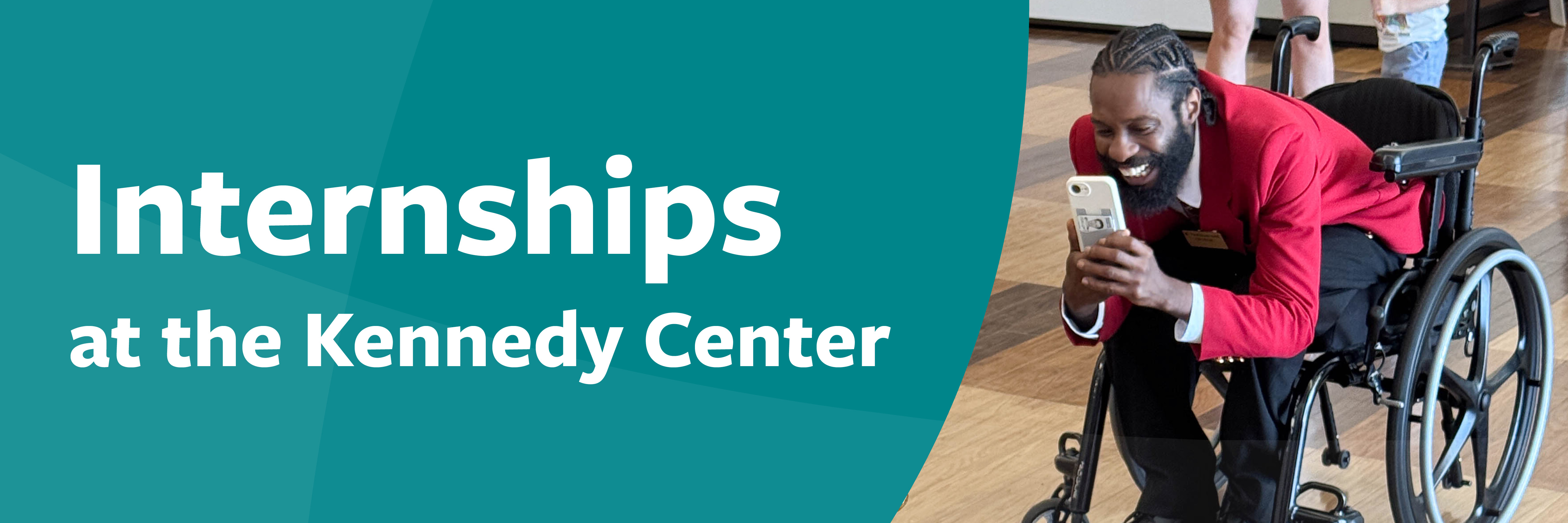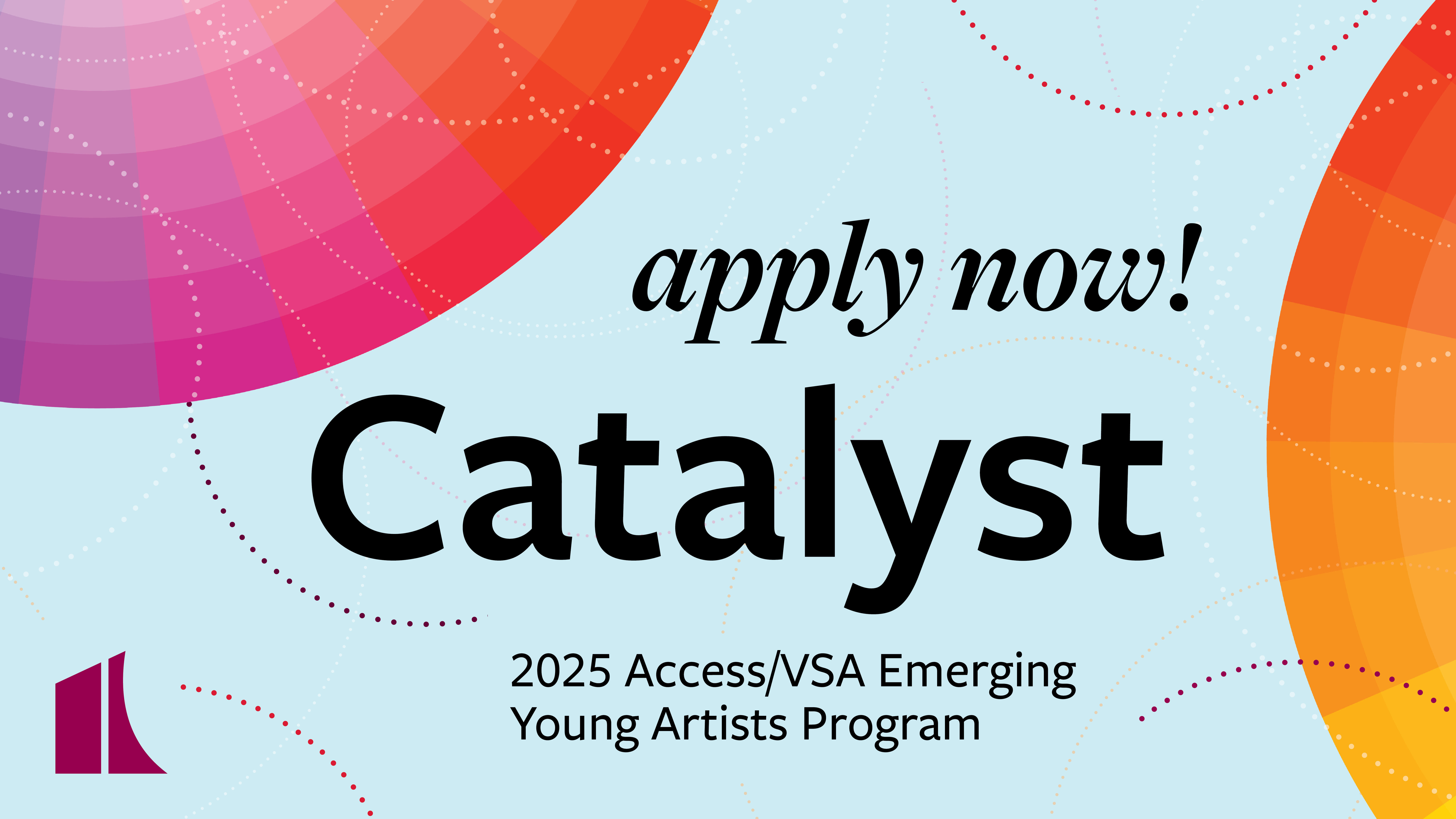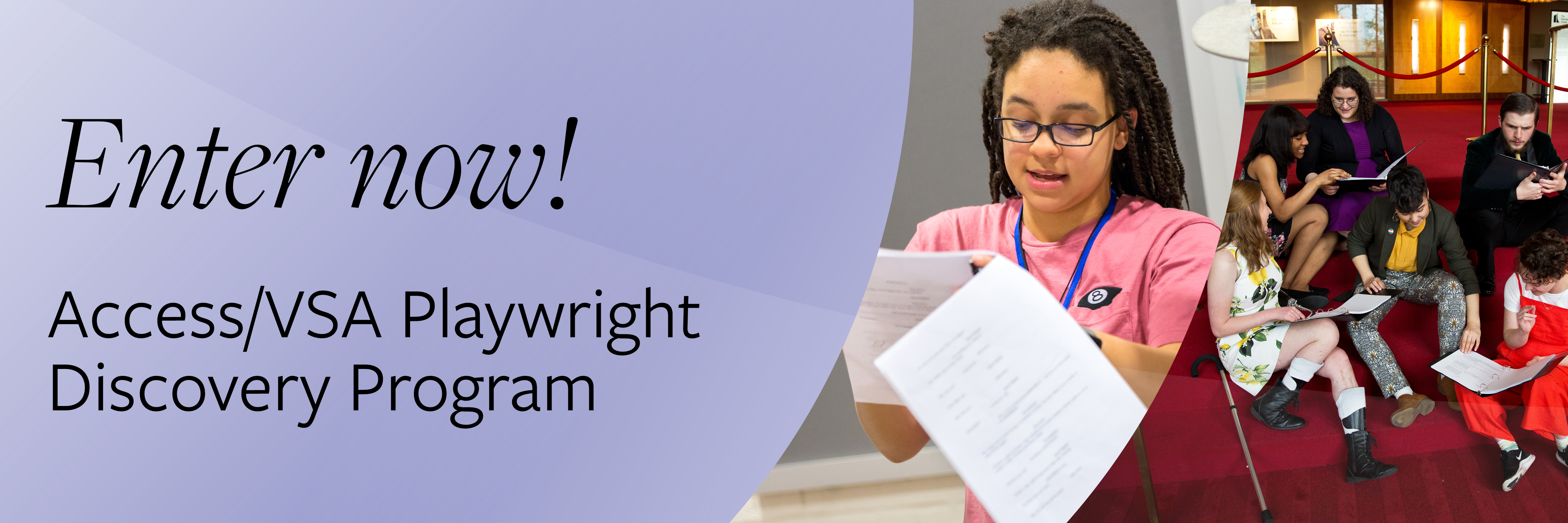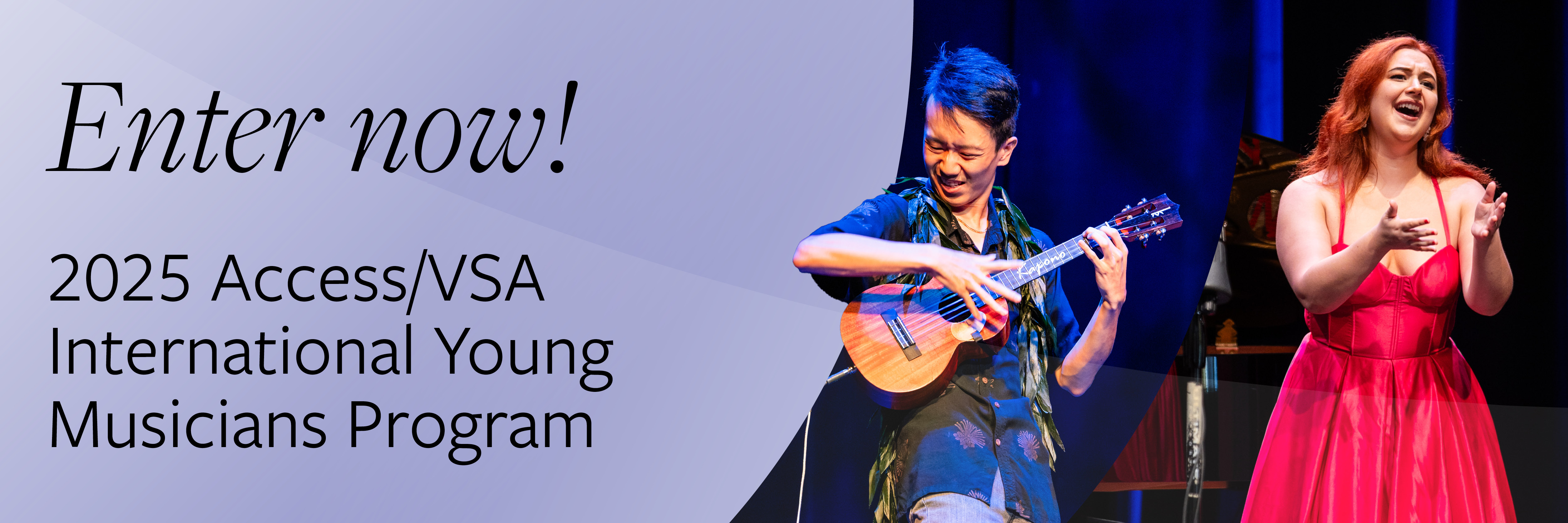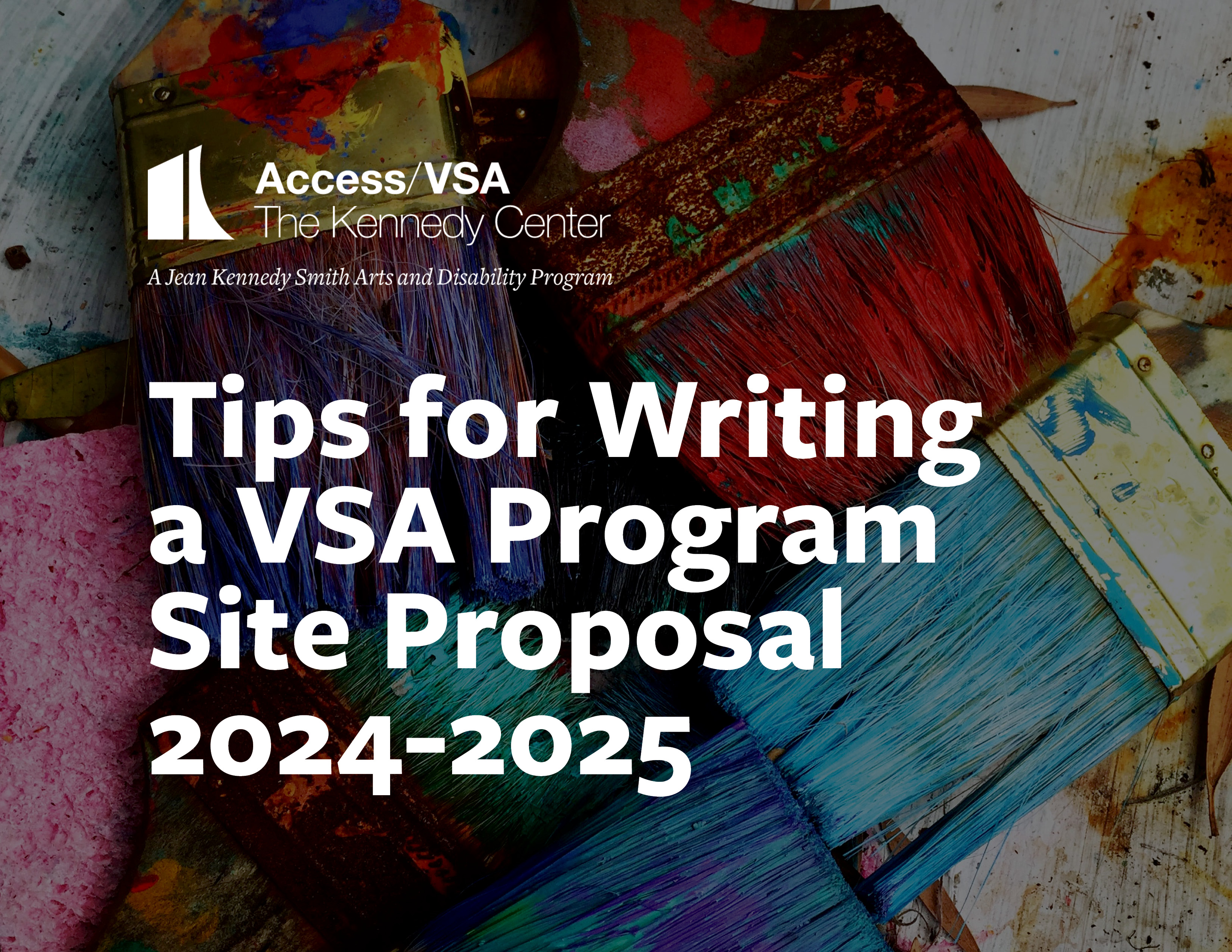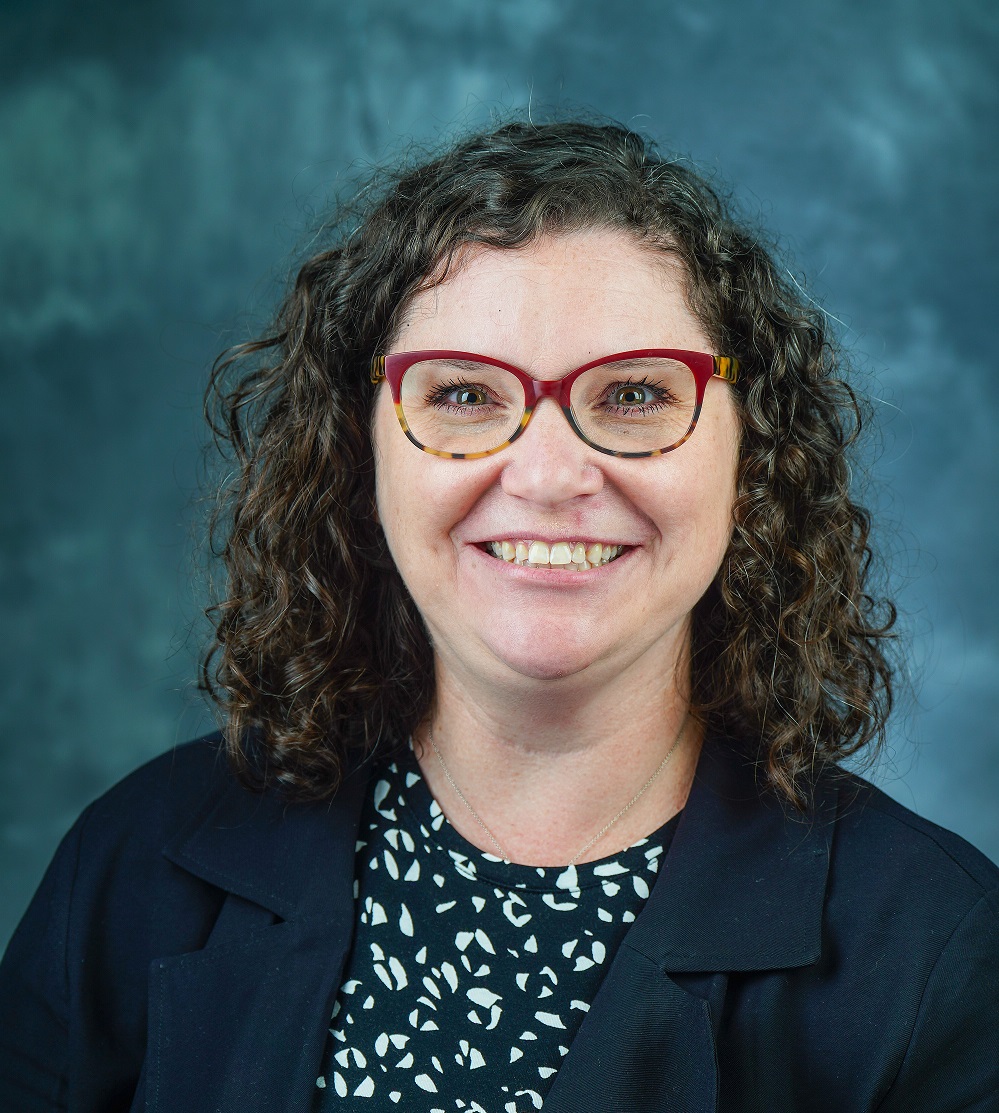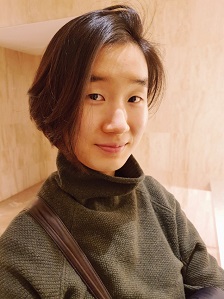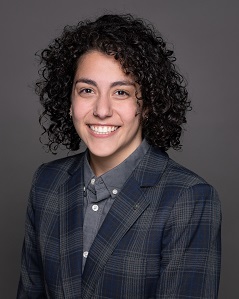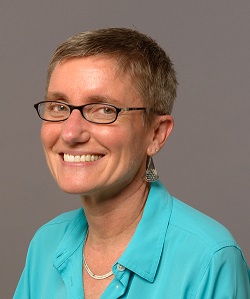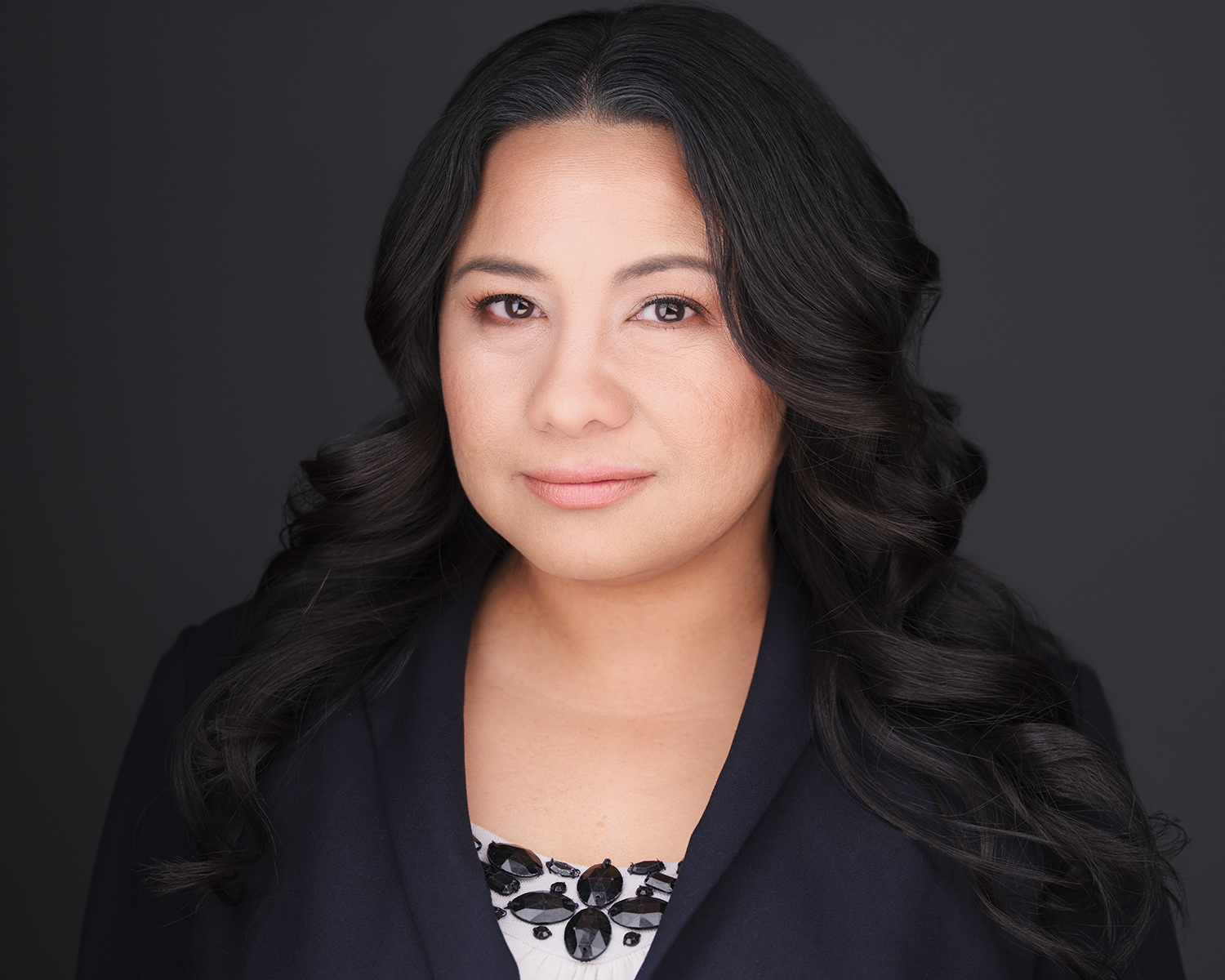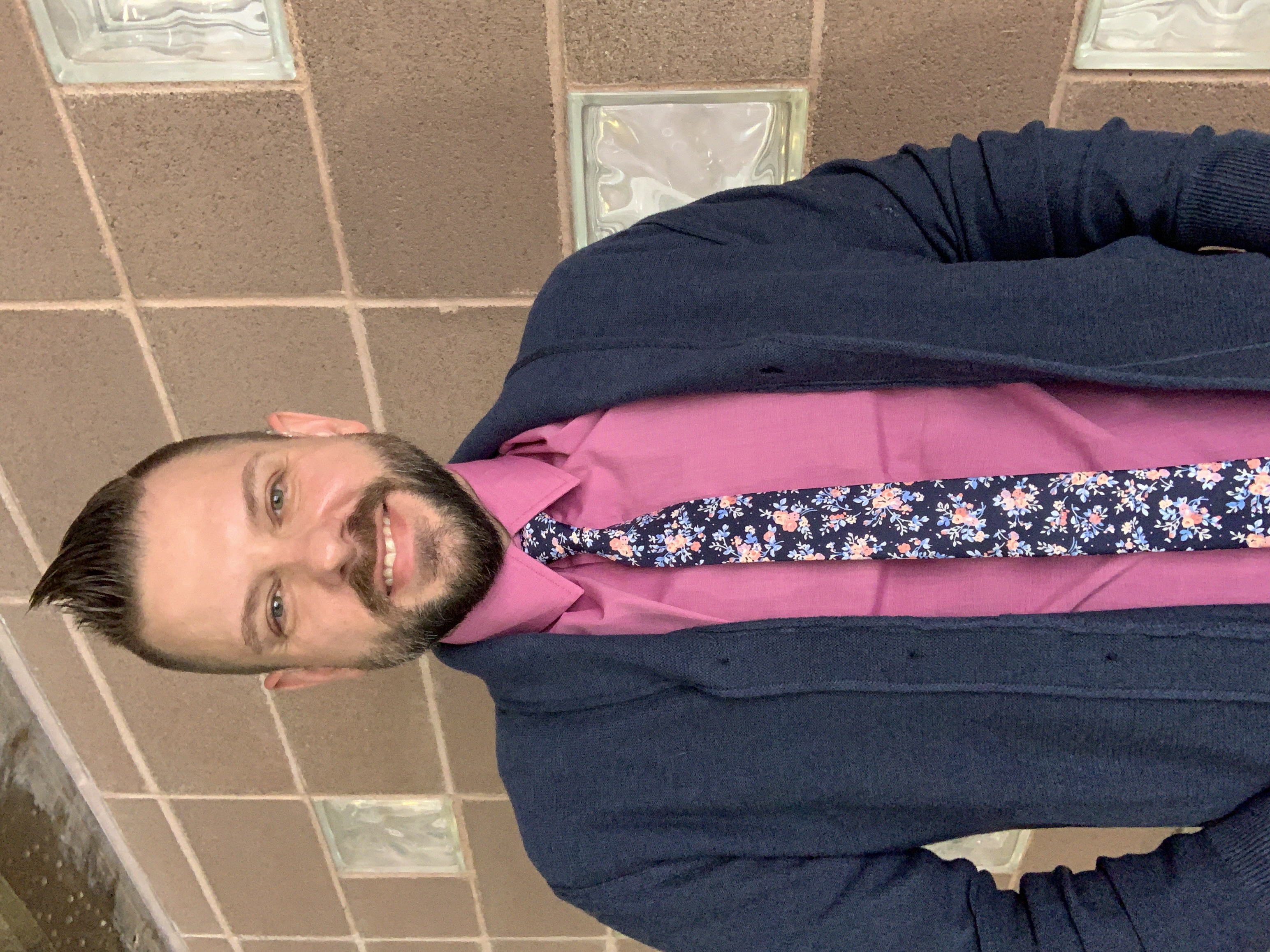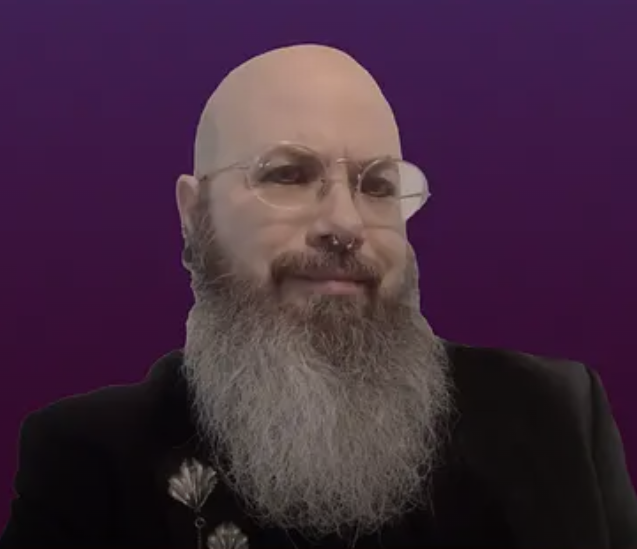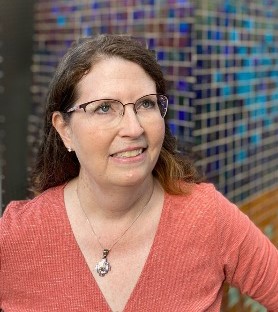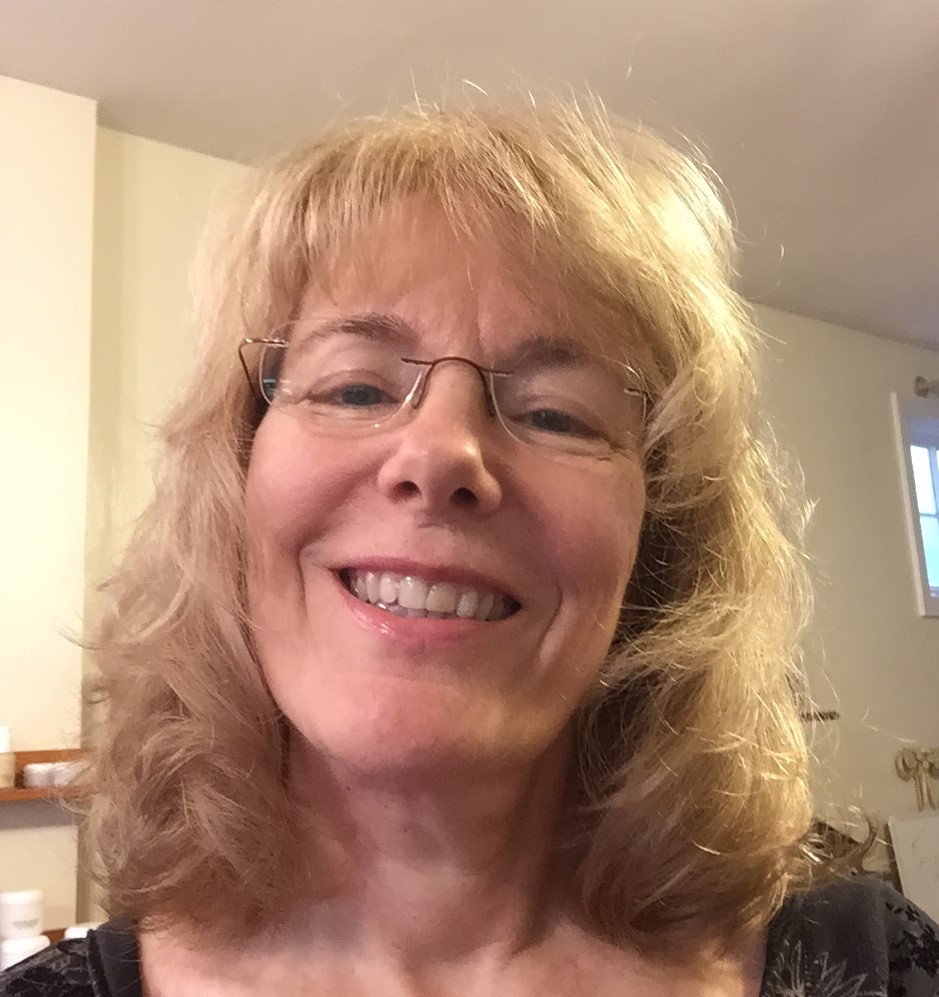Rosemary Kennedy Initiative Internships Application Information
The Rosemary Kennedy Initiative (“RKI”) provides internship experiences at the Kennedy Center to individuals with documented disabilities. Through this 24-week experience, disabled individuals build professional skills and workplace confidence. Interns leave better prepared to engage in competitive, integrated employment. Open to candidates ages 18+ with a documented disability. The 2026 program runs January 12 through June 28, 2026.
During their six months on-site at the Kennedy Center in Washington, DC, RKI interns have the opportunity to dive deep into their departmental placements. In addition to this hands-on work experience at the Kennedy Center, the program provides opportunities for professional growth through a curriculum of workshops, field trips, and networking events. RKI interns build skills while exploring today's varied careers in the cultural sector.

